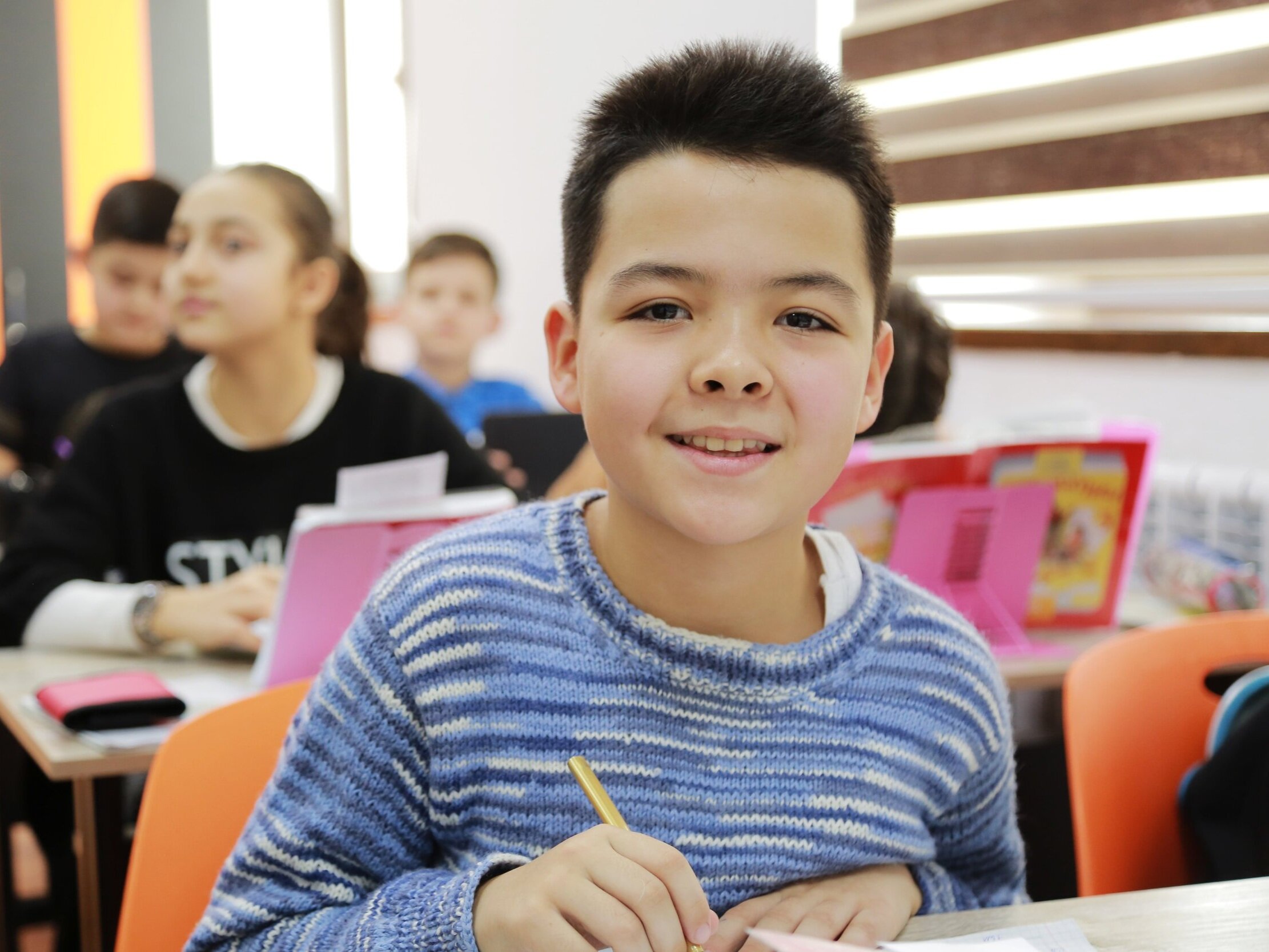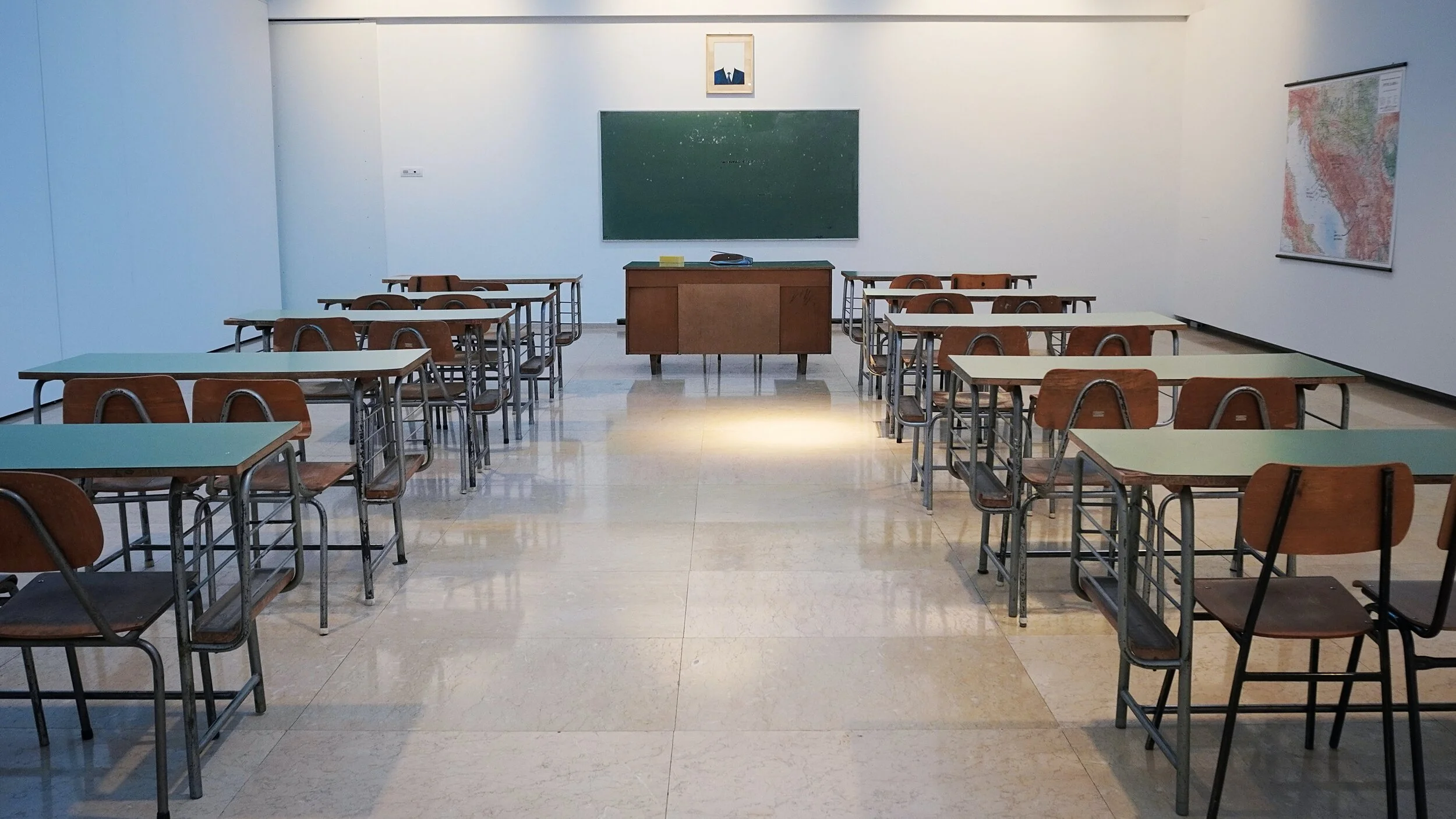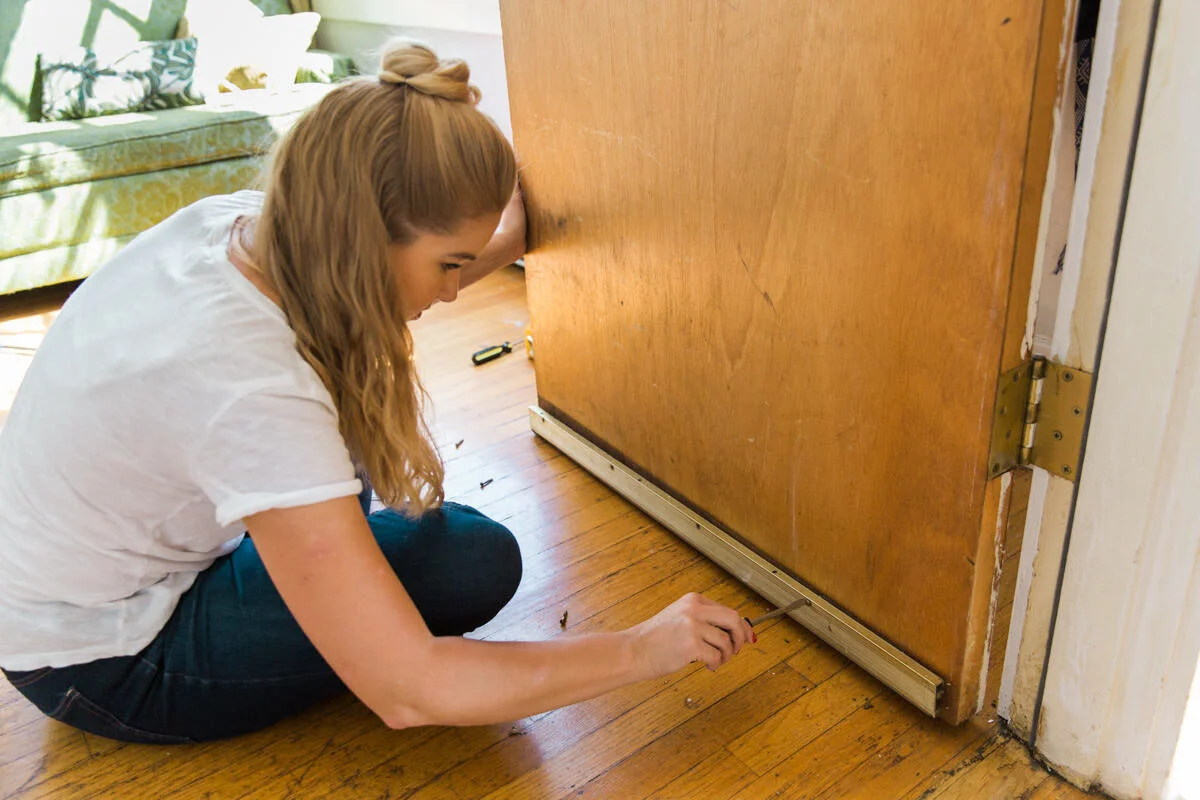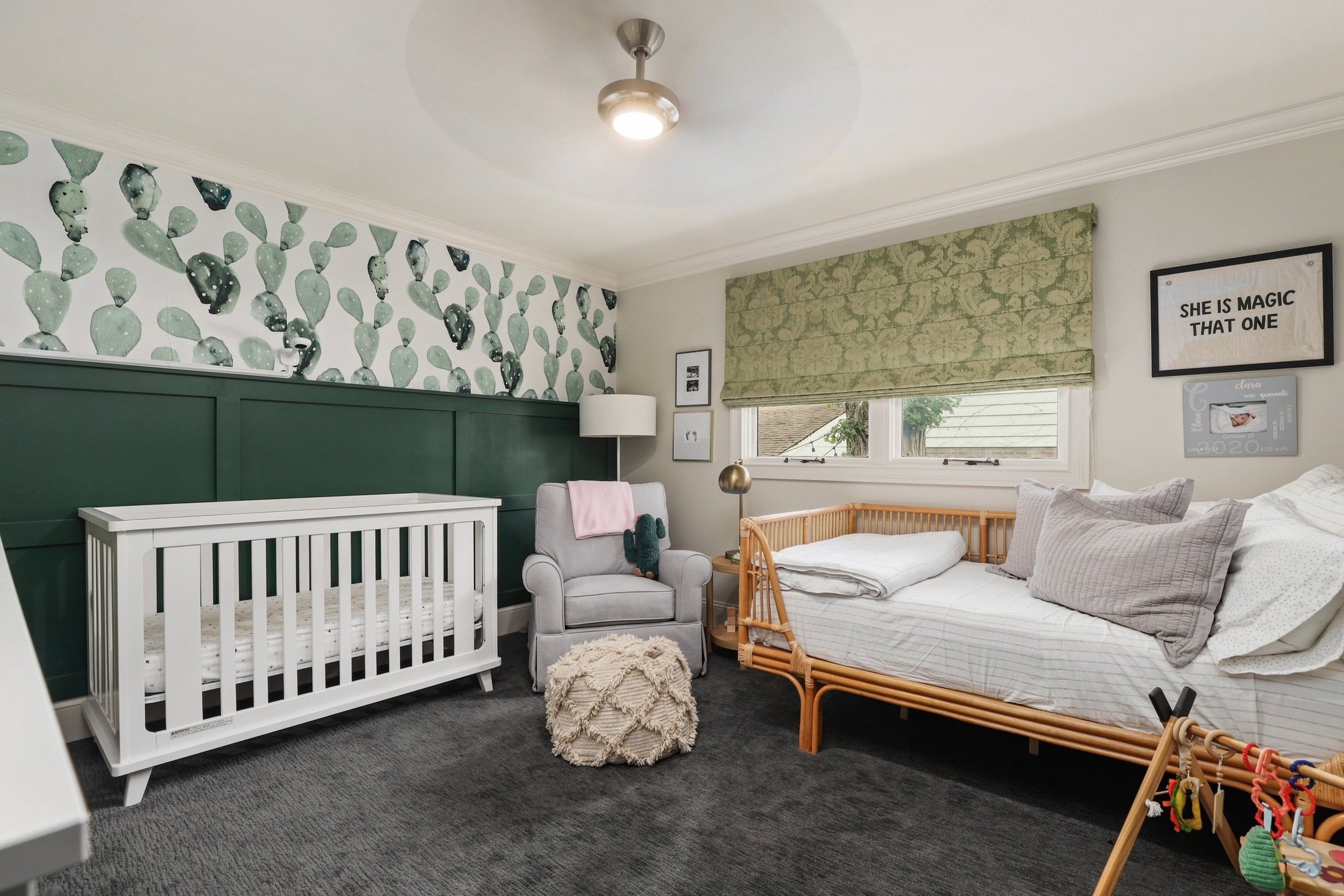Sound in the Classroom: How It Can Trigger a Stress Response
Interesting topic, yes?
What might surprise you is how much design aspects impact the stress response system.
That’s important for us to know because the body’s primary concern is safety. If students don’t feel physically or psychologically safe, they won’t learn as well because their focus will be on securing safety.
What if we could hack this biologically-related need? Well…….we CAN!
I’ve had the privilege of touring several schools and interacting with teachers and administrators from across the country. We all agree that schools should have the most conducive environment for learning. However, thousands of things run into managing a school day so it’s understandable when some things like psychological safety fall through the cracks.
Getting a quality curriculum, qualified teachers, and having classroom management skills all fall under “big stuff”.
When we talk of a “conducive learning environment”, the classroom design plays a major role in a student’s learning environment. Student’s concentration won’t be up to par without putting some consideration into the classroom atmosphere.
Take a normal classroom environment. You’ve got loud pupils whispering as they swap stories, while others drag their feet as they walk to their desks. Add metal desks, concrete walls, and floors made of tile. All these aspects help propagate sound, making teaching tedious and pupil’s concentration almost impossible. It’s like you’re running a circus and orchestra combo!
Add preschoolers or kiddos with learning disabilities to the environment, and you have a recipe for disaster on your hands.
Well, we can blame the thin walls, inadequate doors and windows, plus all the other things that allow noise pollution from the outside into our classroom……...or we can do something about it.
How does noise affect kiddo’s performance?
A research study carried out by Cornell University evidenced that students in a noise-polluted environment don’t learn as well as those in a quiet neighborhood. There are so many other studies showing the link between noise and the learning process. Be sure to check them out.
You might be asking, “Why children?”
Also, a loud environment requires us as educators to speak louder causing vocal fatigue in the long run.
But, that’s not all. Let’s talk about types of noise you probably haven’t even considered.
Need help with room design?
➡
Let's Chat!
➡
Need help with room design? ➡ Let's Chat! ➡
Types of noise
Reverberation
This is the noise that bounces off the surfaces of the room. Whether it’s the rustling of papers, whispers, chair or desk movements, heating and cooling systems, hum of fluorescent lights or the teacher speaking.
It can muddle the speech going in your kiddo’s ears, interfering with their concentration.
Airborne noise
For simplicity, I call these noises from outside the classroom. From lawn mower vibrations to hallway conversations, adjacent class discussions through thin walls, etc.
It diverts your kiddos’ concentration from what’s happening in class.
Impact noise
This is noise generated from an impact such as moving desks, chairs, dragging feet, heavy footsteps, something falling to the floor, etc.
Why does all of this matter?
Biologically speaking, sounds that we didn’t hear in our hunter gatherer days (heating and cooling systems, the hum of lights), trigger our internal stress response to become activated. It may not be noticeable, but that micro stressor prevents our brain from fully focusing on the task at hand, no matter the age.
So, what do you do?
If you’re constantly fighting distractions, it means your kiddos are also having a hard time concentrating.
My solution: Design your classroom with sound and student performance in mind.
I know, I know, don’t roll your eyes just yet! I’m getting to the “how”.
I’ll let you in on some affordable options:
1. Soundproof the door
It’s our entry into the room, and noise can also filter through. To stop sound from getting through, you can use door seals or door sweeps.
Door seals are installed all-round the door boundaries to stop external sound from filtering through the door. On the other hand, door sweeps are put in the gap between the door and the floor.
If you’ve got the hollow type of door, you can change it to a solid core door. It will cost you a bit more, but these solid doors are great sound absorbers. Hello Donors Choose!
A heavier tapestry or fabric door decoration/curtain could also be a cheaper alternative.
2. Soundproof the floor
Dragging of feet and scraping of desks or chairs across the floor is irritating. Even throwing heavy objects on the floor is distracting.
You can use thick mats to cover the floor. Thick foam mats provide superior shock absorption. They absorb noise as kiddos jump, stomp their feet, or drag their chairs.
Other options include carpet, tennis balls cut and stuck on the bottoms of chair and table legs, felt stickers for chair and table legs. SO many options!
With preschoolers, also ensure the mats offer cushion and comfort, have adequate traction, are non-toxic, provide fall-protection, and are waterproof.
3. Soundproof the walls
Install sound absorption materials on the rear wall that’s opposite from where you’re speaking. Don’t cover that rear wall with any hard reflective surfaces.
Use fabric-wrapped wall panels to reduce noise coming in and get rid of echoes. You can also use acoustic panels but you’ll need to spend a bit more. Foam blocks work well too as do plants and water sources. The soil absorbs sound and so does the water from a fish tank.
Get creative! Have fun! Do more research for ideas and make it your own!
I am not suggesting your classroom should look like an interior design catalog, but it shouldn’t look like an afterthought, either.
With so many distractions and stressors in today’s world, we need to level up as teachers to preserve the sanctity of our classrooms.
Let me know what changes YOU make in the comments below. I’m eager to hear your ideas!
Questions? Need help? Reach out!
Email: hello@thebehaviorhub.com
Social media: @thebehaviorhub
Online school
Schedule a discovery call









